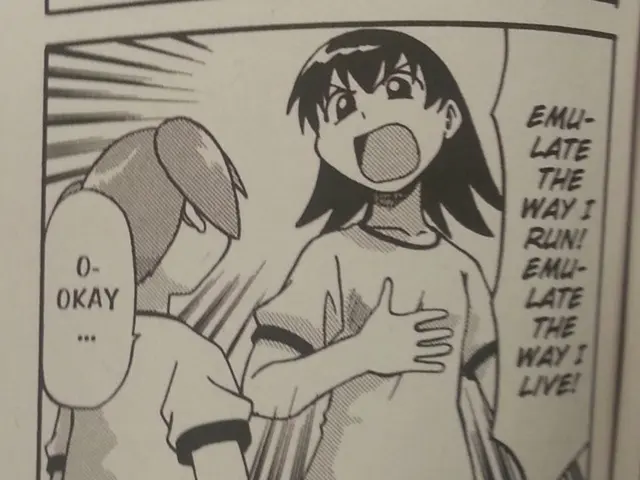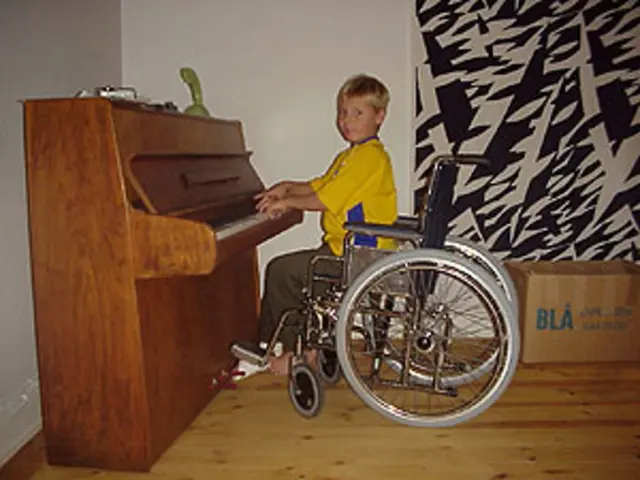Dystonia: Incurable but Manageable Neurological Movement Disorder
Dystonia, a neurological movement disorder, affects people worldwide. It's marked by involuntary muscle contractions causing repetitive, twisting motions. Though incurable, symptoms can be managed with various treatments.
Dystonia diagnosis involves a thorough medical history, physical exam, and tests like blood tests, CT scans, MRIs, EMGs, and genetic studies. It's categorized into focal, generalized, and segmental forms, impacting different body parts. Associated conditions include encephalitis, cerebral palsy, and Parkinson's disease. Symptoms can worsen with fatigue, stress, and over time, leading to complications like physical deformities, disability, and speech issues. Treatments range from medications and physical therapy to deep brain stimulation in severe cases. The exact cause remains unknown, but it may be linked to medical conditions, genetics, or brain damage. Other potential causes include medication side effects, lack of oxygen, or disrupted nerve cell communication.
Dystonia, though incurable, can be managed with various treatments. Its impact on celebrities is not widely documented, but it affects many, causing involuntary muscle contractions and twisting motions. Understanding its causes and effects is crucial for effective management and support.
Read also:
- FDA's Generic Mifepristone Approval Sparks Pro-Life Concerns Over Safety and States' Rights
- Understanding Child Development: Causes and Signs of Delays
- Pope Francis' New Book 'Let Us Dream' Offers Unity and Hope for Post-Covid World
- Stephanie Estremera Gonzalez: From Medical Assistant to Residential Manager at The Point/Arc








